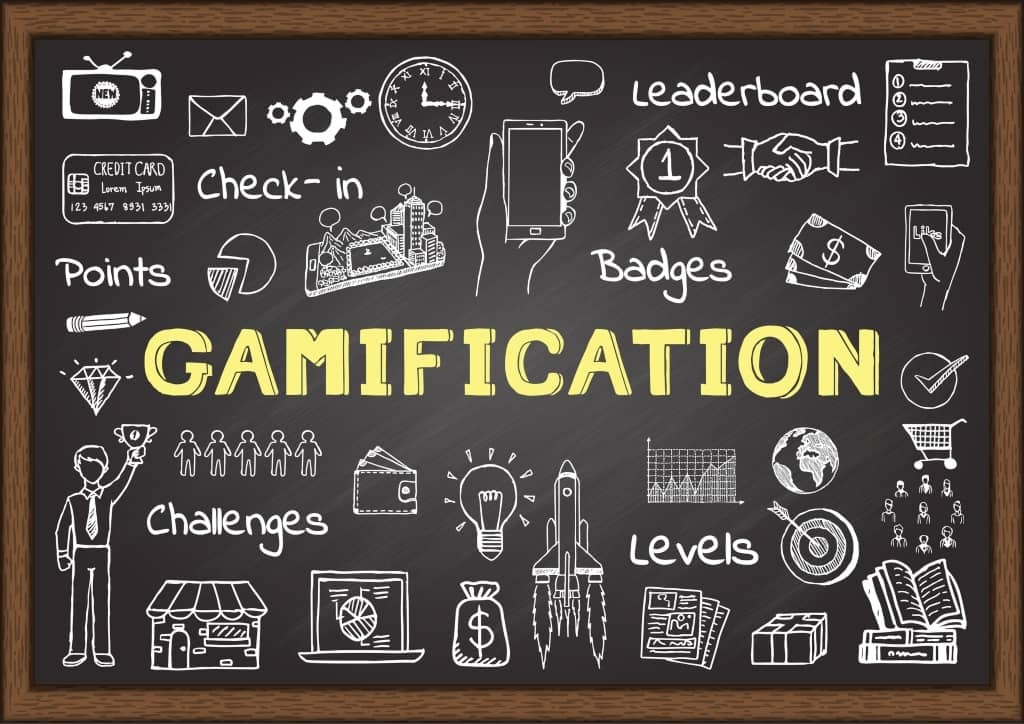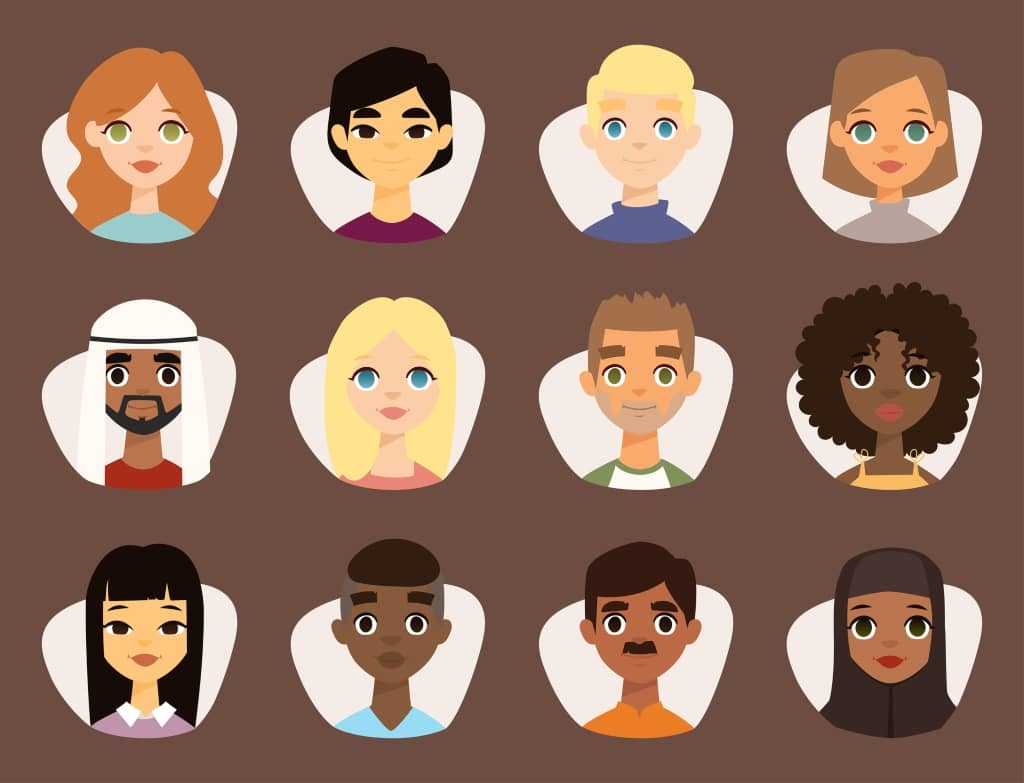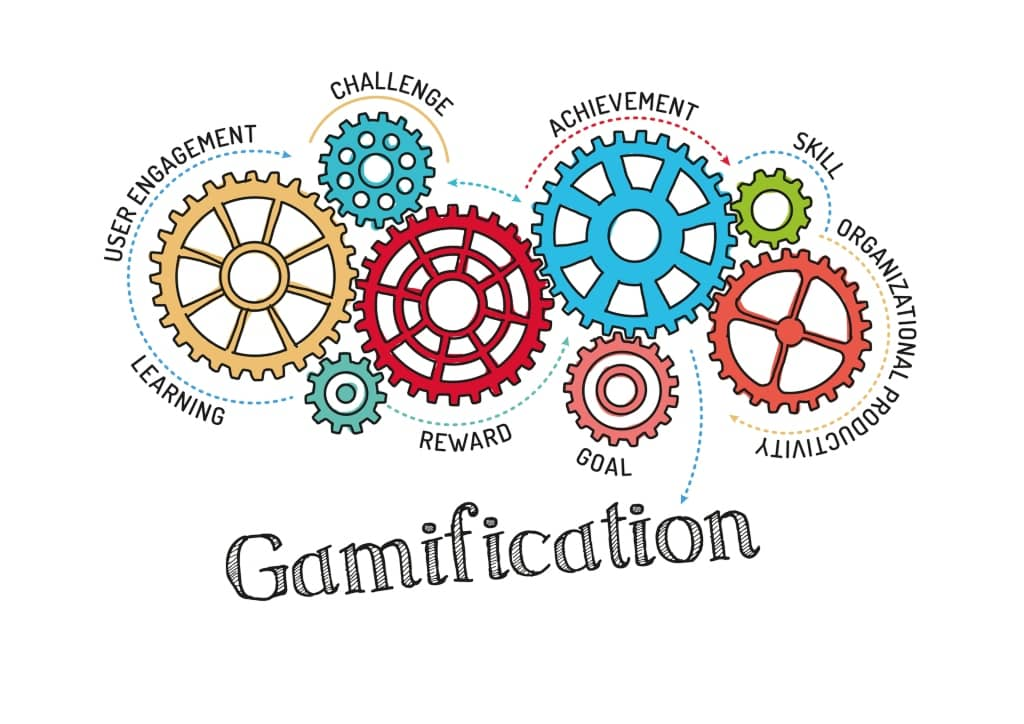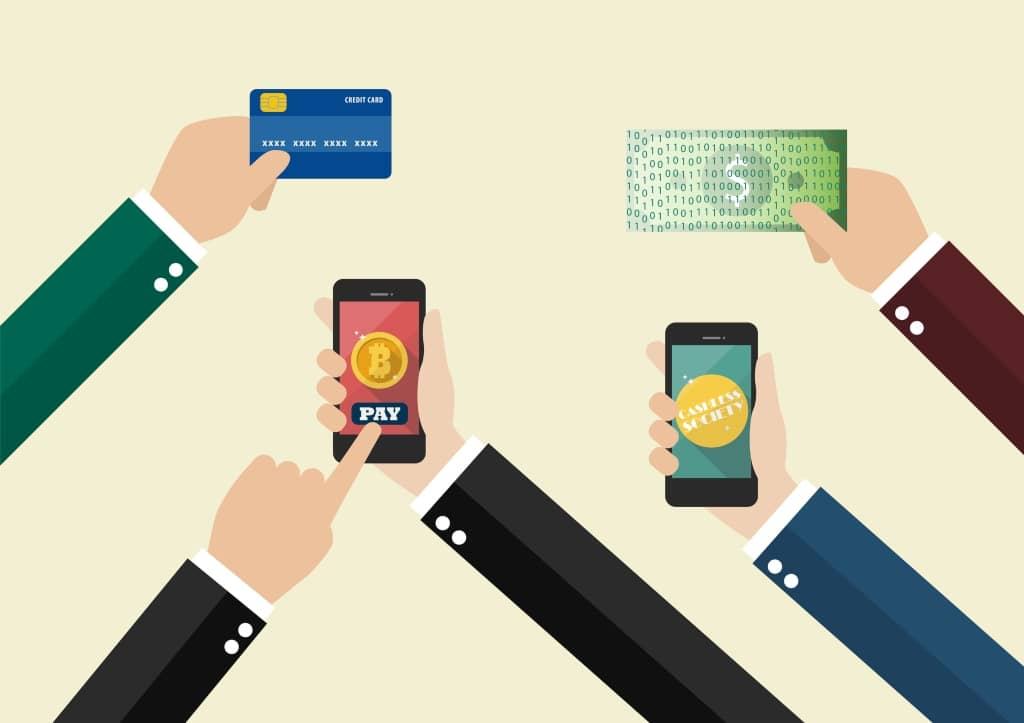52 Gamification Elements to Jazz Up Your Corporate Training!
Do you want to offer the latest learning trends but can’t decide which gamification elements to sprinkle over your corporate training?
You’ve seen the plethora of gamification elements suitable for learning apps, but it makes you a little dizzy.
Do you want your company’s gamification program to succeed? Then you need to know all about the various gamification elements that perfectly suit your variety of employees.
For that, you’ve come to the right place!
Keep reading, and you will find the most comprehensive—but succinct—post on gamification elements for eLearning applications available on the web.
Let’s dive in!

What is Gamification?
Gamification is inserting gaming elements in a non-game context (such as employee training) to increase student engagement, inspiration, and extrinsic motivation by turning something potentially tedious into a game.
It’s used to incentivize engagement and activities to drive results. In business, it can motivate employees to take those actions required to propel sales and lead generation.
A great gamification example is the Pokémon GO app, which applies smart game mechanics to fitness goals. Not everyone is good with (or likes) physical activity, though with Pokémon GO, it became great fun. It even boosted social interaction!
Gamification drives intrinsic motivation.
It will transform your daunting employee training into a popular pastime because there are coins and badges to win!
General Principles for Gamified Training
Beware of the pitfalls when designing gamified training!
Don’t just implement whatever Google throws at you when in the search for game mechanics. It won’t work and will only give you a headache if it does not match your companies’ intent.
You’ll go overboard when throwing in random elements just for the sake of gamifying your corporate training.
There are some general principles to follow when creating a gamified learning management system (LMS).
Here they are:
Use Avatars in Your Training Software

The first simple change you could make to your LMS training software is the implementation of avatars.
The strength of an avatar lies in the possibility of displaying a form of self-expression. Employees can pick their favorite character, change how it looks, and personalize their profile.
Pimp up your basic login portal and implement avatars in your employee’s profile. That striking feature will boost user engagement!
Establish (Healthy) Competition
In a healthy competition environment, the interaction between employees promotes higher achievements. When there’s some form of ranking involved, humans tend to do more than is required.
It’s important to emphasize that the overall company results are the end result and not the competition in itself. Create a competitive atmosphere where everyone wishes each other well, rather than hoping them to fail.
Progress bars tend to work well here, especially when there’s an option to share them publicly on social media. Humans love to match or exceed their peers or co-workers.
Use Real-World Rewards
If you want the employees to rock your elearning content, you also need to recognize and award them when they master a specific training element.
A study has shown “a direct and positive relationship between rewards and recognition and job satisfaction and motivation.” Employees who didn't receive rewards tended to be less motivated.
Do relate the rewards directly to the project or job they’re training for.
For example, create training that requires selling products or services. Then give virtual monetary commissions each time they perform. That way, they can see there’s real money to be earned after successfully completing the training.
Use Gamification That is Universally Familiar
For most of today’s generations, playing online games isn’t all extraterrestrial stuff. The majority of your target audience grew up with it or at least knows some of the basics.
However, it is essential to balance the gamification elements you want to incorporate and make them somewhat familiar to your students from what they know from playing video games.
Cater also to the needs of the non-gamers, though! Find out their gaming knowledge and create suitable levels to make sure they can play the game equally successfully.
Establish Specialized Roles
Creating specialized training content means that you focus on your employee’s specific needs. They will love it, which builds support for your eLearning content.
Build custom learning paths based on current skills, interests, and proficiency, and choose topics and learning methods based on their role within the organization.
Last but not least, implementing customized training is also more cost-effective than just throwing random training at your employees.
Use Gamification Elements in Existing Content
Feeling overwhelmed already?
No need!
The intention is not to start building your corporate version of Call of Duty. Who has the time for that anyway?
Use your already existing top-notch online training content, and start sprinkling gamified elements over it.
“All fine, but where do I put it?”
Try to filter the areas where you feel your employees could change their study behavior. Or look for the learning topics where they usually call it a day. Where your users get stuck or become bored is where there are wins to be made with an attractive gamified approach to content creation.
Guidelines for Gamified Training

Before you create your virtual classroom, knowing the effective gamification strategy will help you better prepare for the road to success. Here are some essential gamification technique guidelines:
- Don’t start with the game in mind. Start with your business, your goals, and your learning objectives. Conduct a training needs analysis and then match the appropriate gamification elements.
- It’s not about playing games. Don’t worry that your employees will waste valuable time playing games. Gamification is not about winning a Fortnite Victory Umbrella. It’s all about motivation and employee engagement, increasing overall satisfaction and performance.
- Don’t inspire employees to take an irrelevant course. Your game elements may be all spiffy, but what’s the point if the course content is irrelevant?
- Use it for authentic motivation. Don’t push people to learn, nor ‘trick’ them into the program. Give authentic reasons why they should participate, for example, to level up in their current job.
- Be careful. Make sure your game design doesn’t backfire. For example, when you award bonus points for comments made. It may trigger users to expel just about anything, and not always in a positive way.
Balanced Gamification
Every human is different, and not every human will be triggered and motivated by the same ‘reward’. Gamified elements, therefore, will undoubtedly get mixed reactions.
It’s a utopia to create the perfect virtual classroom where everyone will be happy. However, when balancing your gamification elements and finding a design most people can resonate with, you will come pretty close to your online learning Nirvana.
Understanding the people who are going to use the program is helpful when designing the user journey.
And that’s where Andrzej Marczewski comes to the rescue!
Marczewski’s User Types
Knowing the various Marczewski user types may help create a personalized gamified system that will give the best possible result while still pleasing as many users as possible.
1. Socializers
Motivated by relatedness — The ones wanting to interact with, and socially connect to, others.
2. Free Spirits
Motivated by autonomy — They seek self-expression and independence. Free spirits want to create and explore and would rather not be restricted in their journey.
3. Achievers
Motivated by mastery — Players going for the 100%. They compete to become better than others and are generally in the game for self-enrichment.
4. Philanthropists
Motivated by purpose & meaning — They want to give but expect nothing in return. They want to feel a sense of purpose by helping and enriching others.
5. Players
Motivated by rewards — This group will do anything to get rewards. They’re the ones who enter the competition solely for the prize.
6. Disruptors
Motivated by change — These are on a single mission to disrupt the system for either positive or negative change.
Gamification Elements

Generic Elements
1. Onboarding/Tutorials
Familiarize your employee with the system via an entertaining tutorial or simple introduction on how it all works. Either way, get rid of any manuals. Make onboarding part of the user experience.
2. Signposting
Point your people in the right direction and use signposts to guide the reader smoothly through the content. Don’t leave them wondering, and signpost what actions/steps to take next.
3. Loss Aversion
Zoom in on the fear of losing. Nobody likes to lose their hard-earned points, badges, achievements, or statuses. Chances are, people become more active when there are losses at stake.
4. Progress/Feedback
The need to show a learner's progress is a no-brainer. It gives them a sense of what stage they’re at in the process. For immediate feedback, think about visual representations, such as progress bars.
5. Theme
Creating a theme or storyline can be a fun way to connect the various lessons and direct your users through the course. Here’s where you can find some cool theme inspiration!
6. Narrative/Story
Storytelling brings the game-based learning process alive. It’s a great way to develop more powerful content and engage the reader. Take your learner via stories on a content immersing journey.
7. Curiosity/Mystery Box

Humans have an inquisitive nature, and it’s the thrust behind life-long learning behavior. Create some mystery into your gamification design and let the mystery box open surprises one after another. Curious anticipation will keep the user going.
8. Time Pressure
Time pressure can effectively create a sense of urgency and create a competitive atmosphere. Be careful, though; a ‘ticking-bomb’ may also trigger the nerves when students can’t meet the clock’s deadline.
9. Scarcity
Scarcity is one of Yu-Kai Chou’s eight core drives of gamification. It’s the drive that motivates us, simply because there’s a risk of not obtaining something we want immediately.
10. Strategy
A clear learning strategy will help students become more efficient and help them go around their weaknesses. Change is eternal, and a good plan optimizes the learning outcome.
11. Flow
Reaching the required levels and skills leads to a state of flow. It is essential to keep users in the flow channel, in between frustration and boredom. A good flow leads to being fully immersed in the activity.
12. Consequences
Just like in regular games (lose points, lose lives, game over), also in gamification, there should be consequences for failure. Create a safe learning environment, but make sure they learn from repeated failure.
13. Investment
Investment comes in varieties such as financial, emotional, time, and effort. When your learners invest in any of the above, they will more likely value the outcome.
Schedules
14. Random Rewards

Random, unexpected, unpredictable rewards are a great way to keep your player’s motivation and desired behavior going.
15. Fixed Reward Schedule
This is a reward for completing an action or assignment a set number of times. The number is usually pre-determined so the player can calculate how many more achievements are needed before receiving the next reward.
16. Time-Dependent Rewards
These are rewards that vanish after a set period or a bonus to be won at a specific time of the day or month. It creates a sense of urgency!
Socializers
17. Guilds/Teams
Give learners the option to build small associations or teams. A learning design element doesn’t always have to be single-person oriented. Close-knit groups working together can be very effective in solving a challenge.
18. Social Network
Playing with others is more fun than playing alone, and the value of social networks is significant. Create a gamification design that allows students to connect with an easily accessible network.
19. Social Status
Not everyone is competitive, pushing to top the leaderboard. Design a Social Status feature for those who give valuable contributions to the system and their peers but don’t need a leaderboard spotlight.
20. Social Discovery
Looking for social similarities and mutual interests is how people connect. Create a built-in option for peers to find each other. It will help them to get started.
21. Social Pressure
Social pressure may encourage learner engagement, but it can also backfire. It generally exerts pressure on the learner and can be helpful when properly designed, e.g., encourage disengaged peers.
22. Competition

Competition (e.g., via leaderboards) is a social gaming element that drives people. It can build self-esteem and fuel the drive to perform. However, it can also be potentially demotivating.
Free Spirits
23. Exploration
This learner is interested in looking for ‘ways around’ and loopholes in the system. Let them choose their path on how to proceed towards mastering the material.
24. Branching Choices
Give your Free Spirit the option to jump to different parts of the program and create their learning path in the way they see fit.
25. Easter Eggs
Hide some ‘easter eggs’ as unpredictable and unexpected rewards, just for poking around the system. Just don’t make it mandatory to find them, and don’t hide important information within.
26. Unlockable/Rare Content

Preserve their autonomy by offering unlockable and rare content for free. Don’t force these students to go through mandatory content in order to proceed to the next topic.
27. Creativity Tools
Allow learners to use their creativity and implement the option for individuals/teams to submit creative ideas and solutions for existing issues.
28. Customization
The use of avatars or the option to customize their profile and learning environment are two ways your students can determine how to present themselves to the outside world.
Achievers
29. Challenges
Challenges are outstanding elements to implement to motivate people. Overcoming a challenge makes them feel great about themselves and emphasizes the feeling of achievement.
30. Certificates
A certificate demonstrates knowledge, skills, and competence. Make them physical, and customize with personal data. Achievers like earning some proof of status.
31. Learning/New Skills
Gaining new skills is vital for the road to mastery, so don’t leave this option out of your game design! It builds confidence and helps your students to progress in their professional development.
32. Quests

Longer, arduous searches for answers or solutions will accumulate your learner’s victorious feeling of achievement. It can be implemented, for example, by linking together various challenges.
33. Levels/Progression
There’s hardly any game without visible progression. Levels show students where they come from, where they’re at, and where they're going.
34. Boss Battles
Boss battles usually mark the end of a topic and are used to test gained knowledge and skills. Just don’t make the boss undefeatable, and design the battle based on your students’ capacity.
Philanthropists
35. Meaning/Purpose
Intrinsic motivation often comes from knowing the reason behind what we are doing and why we are doing it. Showing the results of the effort is vital.
36. Care-Taking
Humans want to feel useful and constructively helpful. Care-taking is fulfilling. Allow your users to take on various care-taking roles, such as administrator or moderator.
37. Access
Grant people access to more features and capabilities. It’s meaningful for philanthropists and makes them feel valued when they have more ways to help others.
38. Collect and Trade
Collecting is a multi-purpose game design element. People generally take great pleasure in the act of adding items to the collection. The option to collect and trade those items builds relationships.
39. Gifting/Sharing
Gift items or sharing knowledge is a wonderful way of helping others in their progress. Gifting time, tips or expertise motivates those who get more satisfaction from helping others than topping a leaderboard.
40. Sharing Knowledge

Build your game design with the option for employees to share their knowledge with others. Some people thrive by having the ability to answer questions and teach peers on the subject.
Disruptors
41. Innovation Platform
Disruptive innovation is very influential and may lead to the creation of a product or service. Channeling the disruptor’s out-of-the-box thinking may give you extraordinary innovations.
42. Voting/Voice
Give your disruptors a voice and acknowledge their input. Try to understand their motives. They’re not evil but just merely misunderstood.
43. Development Tools
Don’t pick up the ban hammer and remove them from your platform. Let disruptors modify the elements and classify their actions as valuable. It will improve your gamified system.
44. Anonymity

Anonymity can be dangerous, as it may bring out the worst in people. However, allowing your users to remain anonymous may give them a sense of much-desired freedom.
45. Light Touch
Set rules and boundaries, but do bring a light touch to office disruptors and understand their behavior. Appreciate that they seemingly care enough to raise their voice.
46. Anarchy
Freeing your students from rules and regulations and seeing what happens may be a great way to start all over.
Players
47. Points/Experience Points
Experience points quantify a learner’s progression. Points earned are traditionally a great instant feedback mechanic and are awarded for achievements, (inter)action, or desired behavior.
48. Physical Rewards/Prizes
If there’s a prize or reward to be won, user engagement will dramatically increase, and people will strive to win it. Do make sure the award is in line with the achievement.
49. Leaderboards/Ladders
Leaderboards provide visual and public recognition and enhance student engagement. They allow for social comparison, which is also the reason they’re not for everyone.
50. Badges/Achievements
Badges symbolize achievements. Use them tactfully to avoid tunnel vision on winning badges, which may take the focus away from the training materials.
51. Virtual Economy

You can design a type of virtual currency to spend on virtual goods, or maybe even on tangible goods. Do consider the legalities and rules around virtual currency replacing real-world currency.
52. Lottery/Game of Chance
You got to be in it to win it! Winning in a lottery game element requires little to no effort from the player and is a great way to pick up nice rewards. People will love it.
Gamification For The Win!
“Play is our brain’s favorite way of learning” - Diane Ackerman
As the corporate trainer, you know that traditional training content is often generic and won’t suit all employees and their various roles.
Hence why employees may classify it as boring.
Gamification marketing is the solution!
Check out the General Principles for Gamified Training and the Guidelines for Gamified Training, and start your gamified LMS by following up on the essential tips.
Don’t forget to bookmark this post for future reference! And if you're in more of a traditional classroom setting, don't miss our epic list of gamification tools.
Let the learning fun begin!
Loes Kotoun is an elated Smart Blogger Certified Content Marketing writer on a mission to make her writing the answer to your content prayers. She sprinkles fairy dust over SEO-friendly words so your business can set foot in the spotlight. Connect with her on LinkedIn or visit her writer profile.